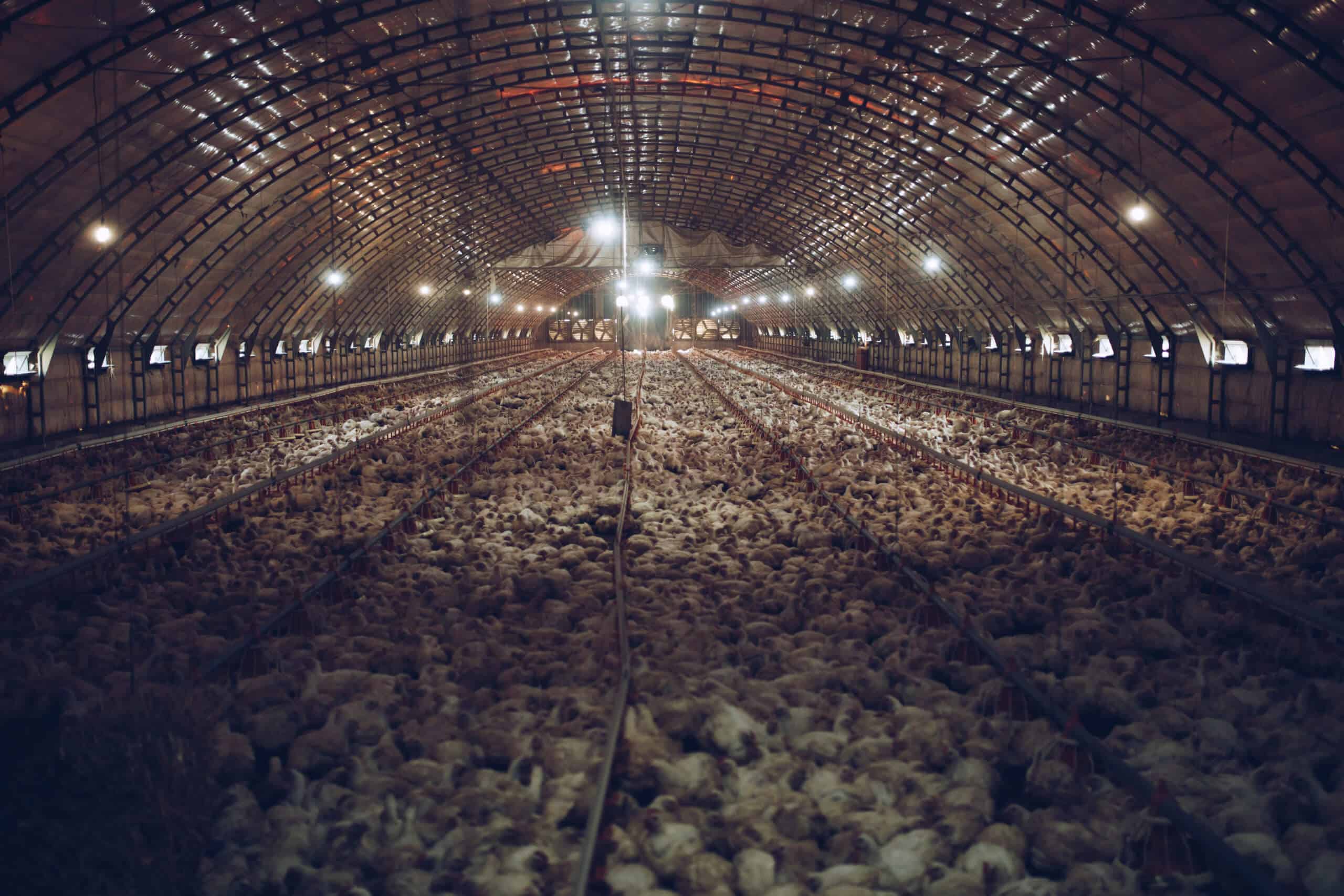Dr Helena Wright is Policy Director of FAIRR, a global investor network that raises awareness of the environmental, social and governance risks associated with intensive food production. Dr. Henning Stein is a Board Member at 1Businessworld, a global business ecosystem, network and marketplace. He has over 25 years of experience across asset management, pension funds, platforms, insurance and academia. Together they here put forward the case for not just a Green Revolution but an Ever-Green Revolution.
Examining the Case for an Ever-Green Revolution
By Dr Henning Stein & Dr Helena Wright
“There are no solutions,” economist and social commentator Thomas Sowell famously remarked. “There are only trade-offs. You try to get the best trade-off you can get. That’s all you can hope for.”
Particularly in an age when unprecedented and all-pervading challenges have made the search for “solutions” uniquely urgent, this view might seem depressing and even defeatist. Yet it is merely pragmatic: history strongly indicates even the best “solutions” are imperfect and impermanent.
Case in point: the Green Revolution that was set in motion to tackle resource scarcity and hunger after World War Two. It began with the noblest intentions and was successful for a number of years, but it gradually lost its way – with devastating consequences.

The decisive trade-off in this instance was arguably between a new-found capacity to feed humanity and the concomitant rise of intensive livestock farming. Over time, as the balance shifted towards the latter, the superabundance that the Green Revolution provided was increasingly diverted away from the global population and towards the billions of animals raised for industrialised food production.
The long-term repercussions are all too apparent today. More than 250 million people are in “crisis” and are facing acute food insecurity, according to the UN. Around 80 billion animals die each year to meet continued demand for meat and dairy products. Intensive farming has become a major contributor to climate change, the spread of highly resistant pathogens and other existential threats. A system whose origins lie in what was once hailed as a “solution” has become unsustainable.
However, a new revolution is now underway. It is being fuelled by an array of radical innovations in agricultural and food technology – agtech and foodtech – including plant-based products, cell-based meat, precision fermentation, 3D-printed food, hydroponics, aeroponics, net-zero-farming and the use of AI.

As explored in a recent paper by the Jeremy Coller Foundation, it is instructive to explore this burgeoning Ever-Green Revolution, as it has been called, through the prism of three questions that Sowell said should be asked whenever a prospective economic or social policy is evaluated.
The answers may be of interest not just to policymakers but to investors.
1. Compared to what?
- Are there alternatives to the tech-enabled transition now taking place? The status quo suggests not. The entrenchment of suboptimal practices has brought us to the point of no return, with the Green Revolution stripped of any semblance of what we today think of as “green”.
- As in so many other spheres, groundbreaking technological advances offer the brightest hope for change.
2. At what cost?
- It has been estimated that up to $30 trillion will need to be invested between now and 2050, which is just over $1 trillion per year, to build more sustainable systems around the production and use of food. Clearly, this is a lot of money. The $275 trillion thought necessary for successful climate action perhaps offers the only meaningful comparison.
- Yet the long-term returns from disruptive innovation can dwarf the sums invested. The internet and the iPhone are classic examples. This is why the quest to create a genuinely sustainable economy – to which food and agriculture will inevitably be central – can be seen not just as a force for good but as the greatest growth opportunity of all time.
- What’s more, the hidden environmental, health and economic costs of the food system are estimated at almost USD 12 trillion a year, which will rise to 16 trillion per year by 2050. Business as usual is not an option.
3. What hard evidence do you have?
- The evidence of the established system’s failure is overwhelming. It is all around us, supported by science and borne out by experience. Clearly, in endeavouring to address existing problems, the Green Revolution helped create new It is obvious that things cannot stay as they are.
- In tandem, we have mounting evidence of novel approaches’ effectiveness. Agtech and foodtech are literally redefining what is possible. From the use of mobile technology by agricultural workers in developing economies to the adoption of vertical farming in some of the world’s most sophisticated and densely populated metropolises, new ideas are delivering positive transformation at scale.

Of course, no-one can truly predict whether the Ever-Green Revolution will be perfect and permanent. In Sowell’s parlance, the world simply needs the best trade-off it can get. This means we cannot confidently speak of a magical, cure-all “solution” – despite the encouraging answers to the questions above.
What we can say with certainty, though, is that more of the same is not an option. As the owners of the businesses that will drive necessary change, investors have an enormous role to play in ensuring what lies ahead is at the very least superior and more enduring than what we have now.




